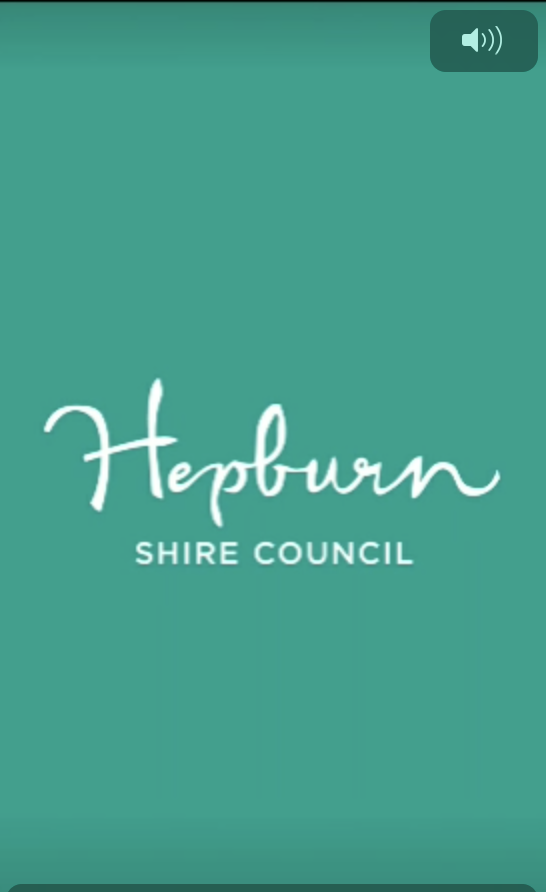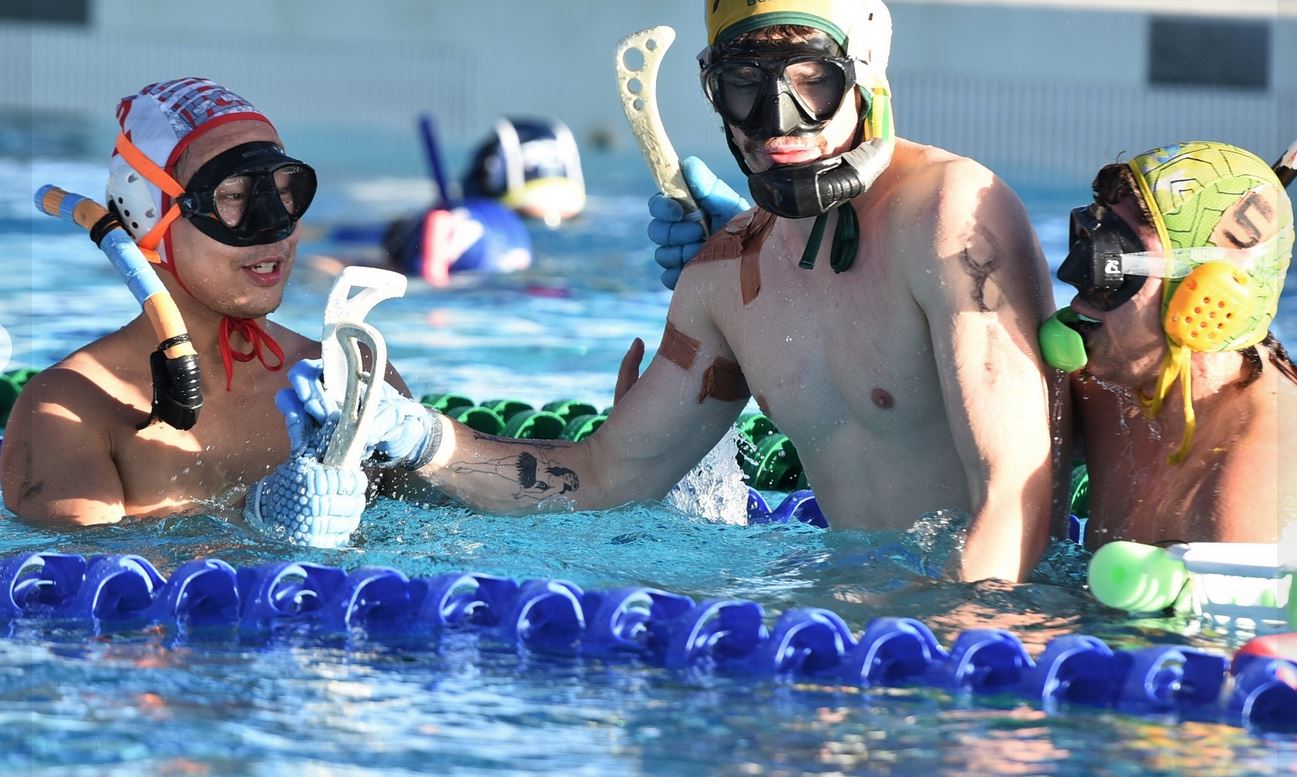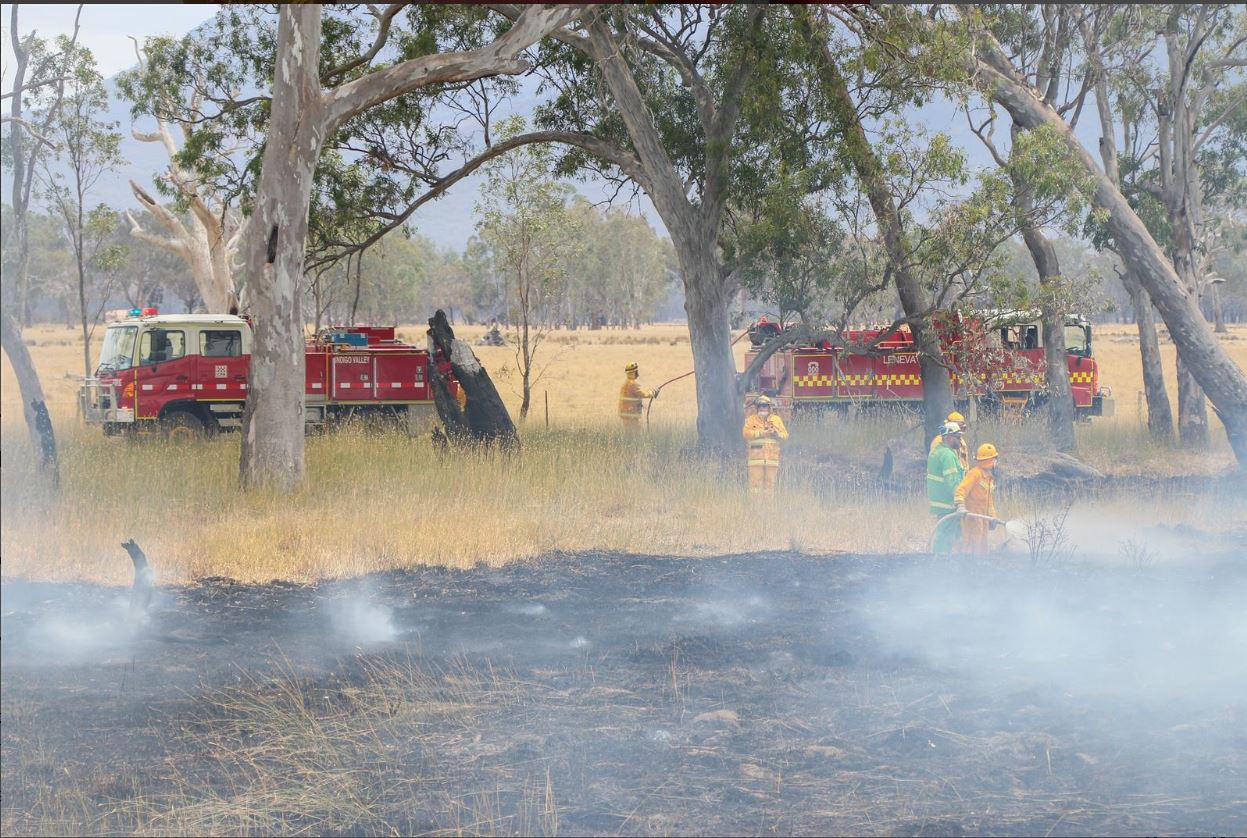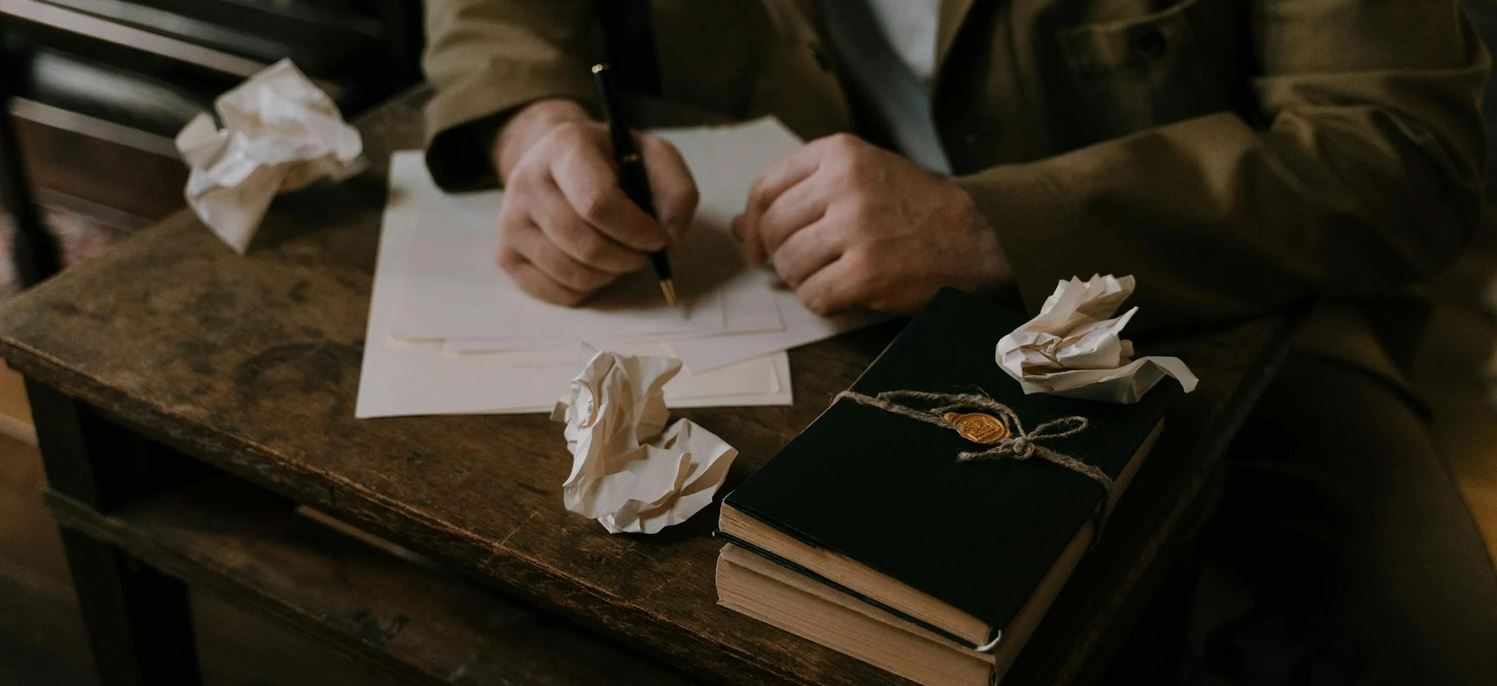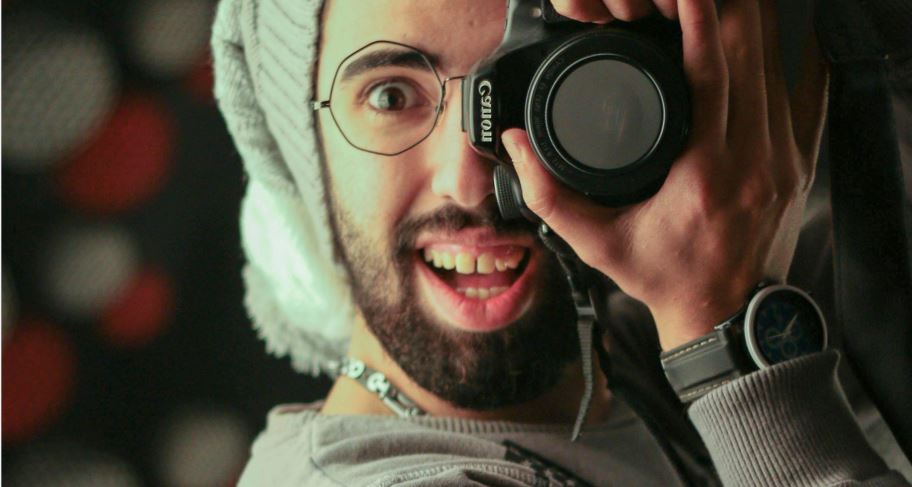December 8th, 2024Kyle’s travel memories
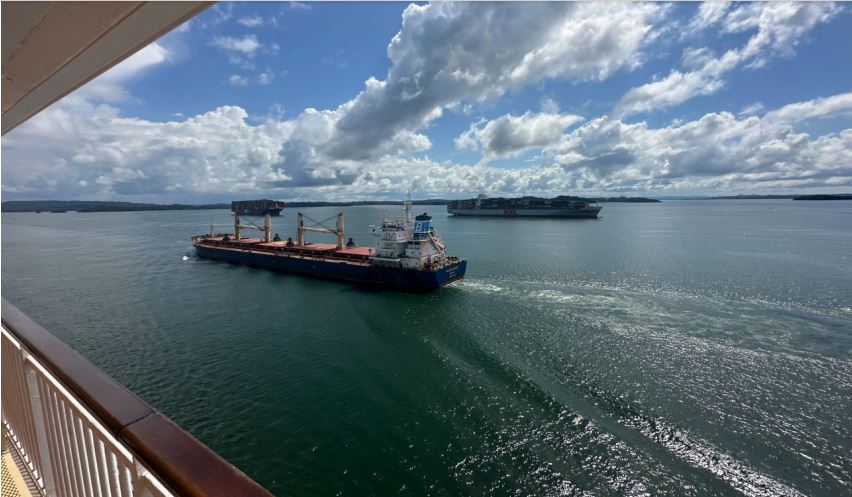
“Let’s wander where the wifi is weak.” – Unknown
“Yeah, nah. That’s a great idea unless you have a business to run and quite a lot of MBs to upload.” – Kyle Barnes
It is day 13 of a 17-day cruise aboard the Norwegian Jewel, a cruise liner on the Pacific side of Central America with around 2000 guests and 1000 crew, a cruise by most standards considered long.
Ask most of the passengers what the highlight of the trip will be and the answer is overwhelmingly our transiting of the Panama Canal – and the day had finally arrived.
Despite the partying of the previous 13 nights many were on deck around 5.30am to soak up as much of this incredible “bucket list” day as possible. A line of ships as far as you could see dotted the horizon, all waiting for their turn to cross the canal, and I was told that the same was true on the Atlantic side.
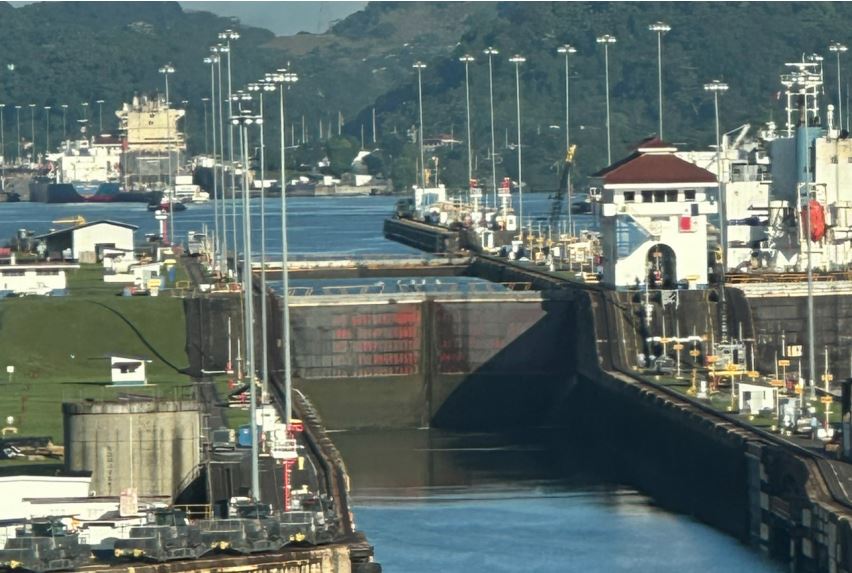
A few fun facts
The Panama Canal is an artificial 82-kilometre waterway in Panama that connects the Atlantic Ocean with the Pacific Ocean, cutting across Panama, and is a conduit for maritime trade. It saves around 8000 nautical miles point to point, plus the rigours of the ocean around Cape Horn, which has laid rest to many a ship.
The French began construction in 1881, but the project failed by 1890. The project was plagued by disease, floods, mudslides, and financial and engineering problems. The French lost an estimated 22,000 people and sold the unfinished project to the USA, which decided after a couple of years on the project to rethink things.
The canal was meant to be a sea level project ocean to ocean, but the engineers decided to only dig out the ends and use what was already there – a system of great lakes in the Highlands.
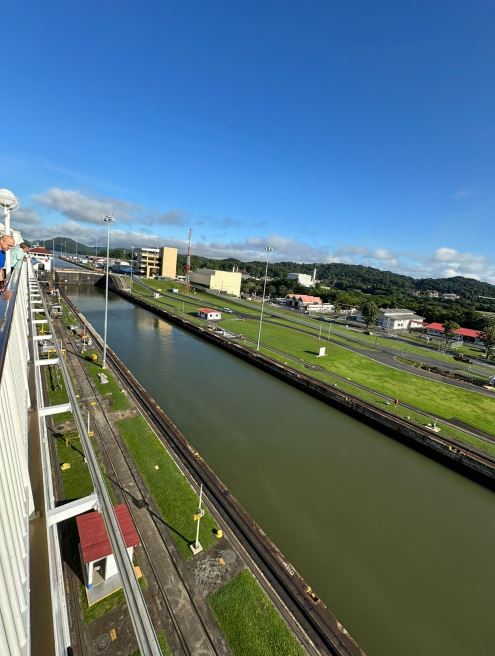
So, the problem became more about how to get the ships up into the lakes from the Pacific side and mark out and create navigable channels within the lakes. And then get the ships back down to sea level on the Atlantic side and back out to sea.
Most impressively for mine is the simplicity of the locks, pumps and machinery, which was a big consideration in this area where sabotage and tribal wars were a regular part of what went on. And the magical thing is no pumps are used here – the entire operation of equalising the water levels between the locking chambers depends on the principles of gravity to move the water and on the fact that water seeks its own level.
Back to the Jewel
Our ship is tugged along the lock using locomotives. Tied into place, the lock door behind our vessel is sealed and the lake water spills in using underground tunnels beneath the ship and up we go. We exit the lock and sail for another hour or so, repeat the steps in the next lock and up we go again. A total lift of 26 metres hauling our 294 metre/93,558 gross tonnage, using nothing more than the theory of the natural state of water and a 25-horsepower engine to open the lock gates – brilliant.
It was seriously a boater’s wet dream of close quarters ship manoeuvring, tug boats and also when our giant ship leant into the corners of the channel. I later found out they disengage the stabilisers to make her more manoeuvrable and by its very nature more tender.
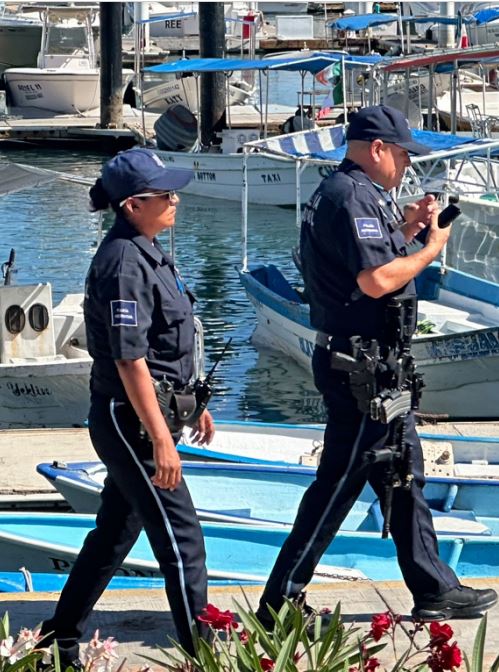
We arrive at the last two locks to repeat the process and down we go. In summary, if you get your kicks from engineering, find yourself drawn to the “mighty machinery” channels on TV or simply like to boat through one of nature’s true wonders of the world, while in a multi-restaurant five star hotel, a trip down the Panama Canal is certainly one worth putting down on your bucket list.
But maybe, if you are a publisher, check the wifi…
Words: Kyle Barnes. Images: Kyle Barnes & Donna Kelly






